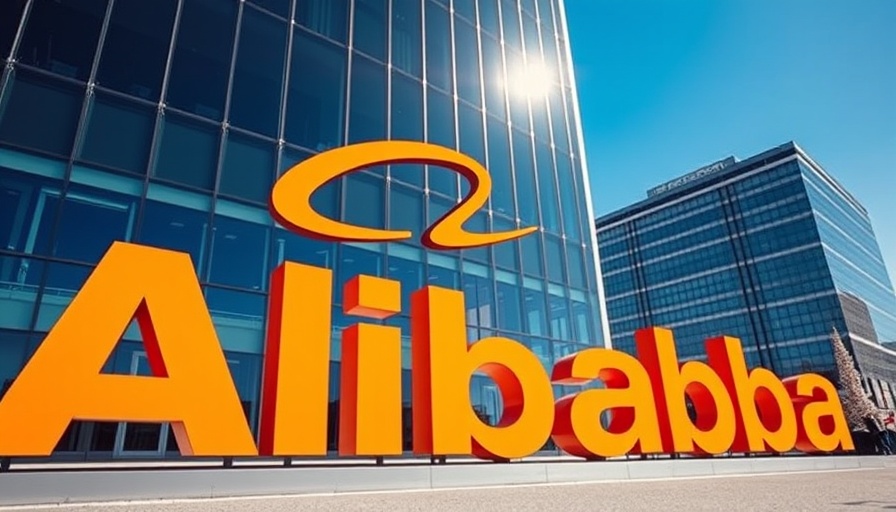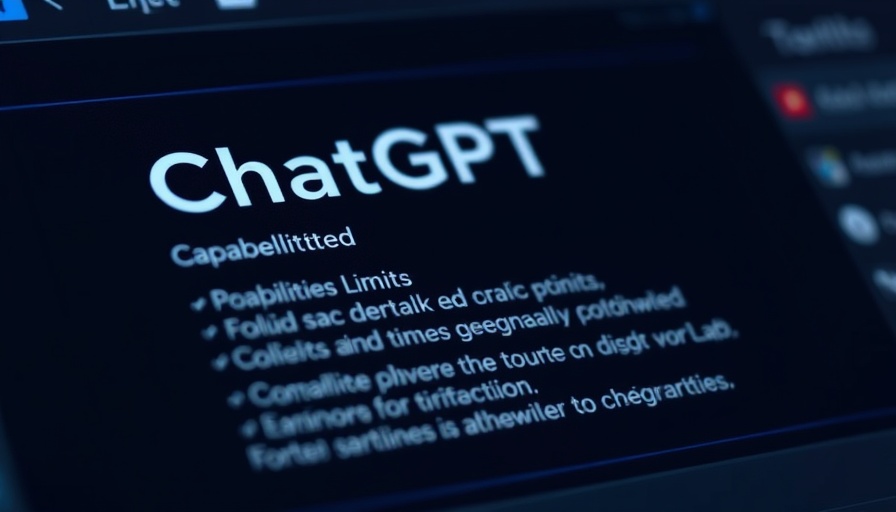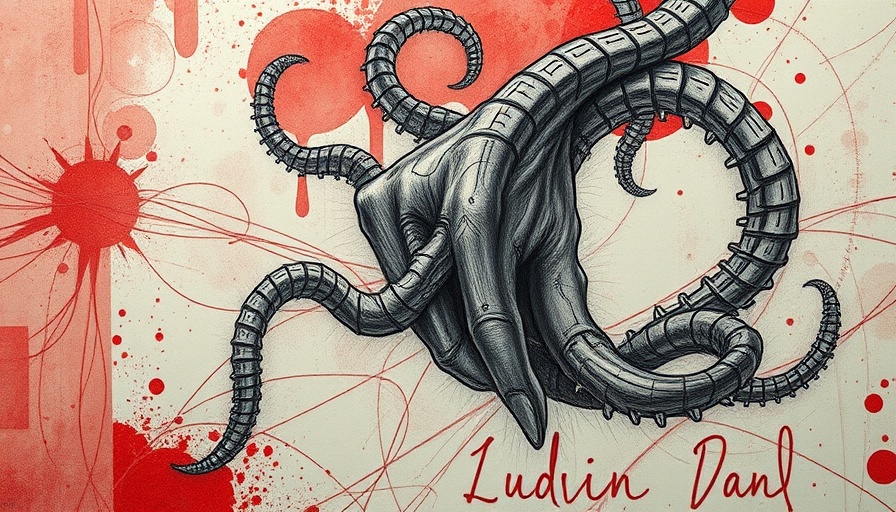
AI's Emotional Intelligence Revolution: Bridging the Gap
This week marks a significant leap in artificial intelligence as Alibaba's AI lab introduces a revolutionary model capable of understanding human emotions more effectively than any previous systems. This development highlights the pursuit of emotional intelligence in technology, opening conversations about AI's capacity to function in areas traditionally governed by human instincts.
The Creative Writing Landscape Transformed
One of the most intriguing aspects of AI's evolution involves its role in creative writing. Sam Altman from OpenAI recently shared that they have trained a model that produces creative writing so compelling it genuinely surprised him. AI is evolving from simple text generators into potential collaborators in the narrative art realm. While AI can assist in structure and syntax, it's essential to remember that it lacks the authentic emotional depth that only human writers can deliver—drawing from personal experiences and cultural nuances.
Examples of AI Augmentation in Creative Fields
In addition to writing, AI's presence is noted in diverse domains. For instance, AI-powered exoskeletons at Mount Tai exemplify technology's role in enhancing human activities, making daunting climbs accessible to more individuals. This accessibility redefines boundaries previously defined by physical limitations, paralleling AI’s impact on the writing process where intricate ideas can now be penned without sacrificing personal creativity.
Assessing AI's Limitations: The Need for a Human Touch
While AI continues to advance, the limitations are starkly evident. Despite its ability to analyze vast datasets and develop coherent texts, it often produces content without true emotional resonance or contextual insight. The creative narratives experienced in literature stem from complex human emotions and experiences, elements that AI struggles to replicate genuinely. Collaboration between writers and AI tools appears to be the future; allowing technology to handle structural aspects while retaining the emotion-driven creativity in storytelling.
Future Predictions: A New Era of Collaborations
The collaboration between AI and human creativity presents unique opportunities. As technology advances, we can envision a future where AI helps writers streamline their workflows—generating ideas, overcoming blocks, or even offering personalized feedback based on data analysis of audience preferences. Such collaborations promise to transform narratives while maintaining the essence and richness of human storytelling.
Why Embracing AI with Caution is Key
As AI continues to integrate into creative fields, it raises pivotal ethical concerns regarding authorship rights and originality. Writers and creators must embrace AI not as a replacement but as a powerful adjunct, enhancing their craft while ensuring their unique voice remains prominent. Balancing technological support with genuine creativity is vital; understanding that the heart of storytelling thrives on the human experience is crucial for future advancements in the narrative arts.
Ultimately, the future of storytelling is not a competition between AI and human creators but rather a synergistic relationship where both can thrive. As we continue to embrace these technological advancements, the challenge will be harnessing the potential of AI while preserving the irreplaceable qualities that make narratives resonate deeply with audiences.
 Add Row
Add Row  Add
Add 




 Add Row
Add Row  Add
Add 

Write A Comment